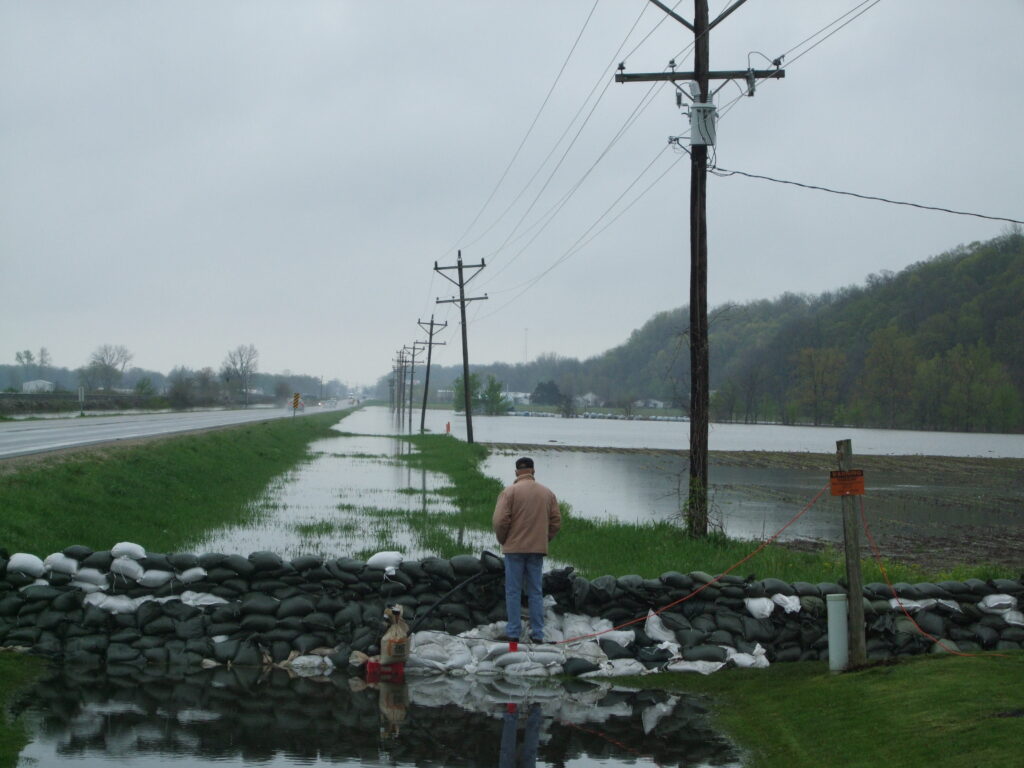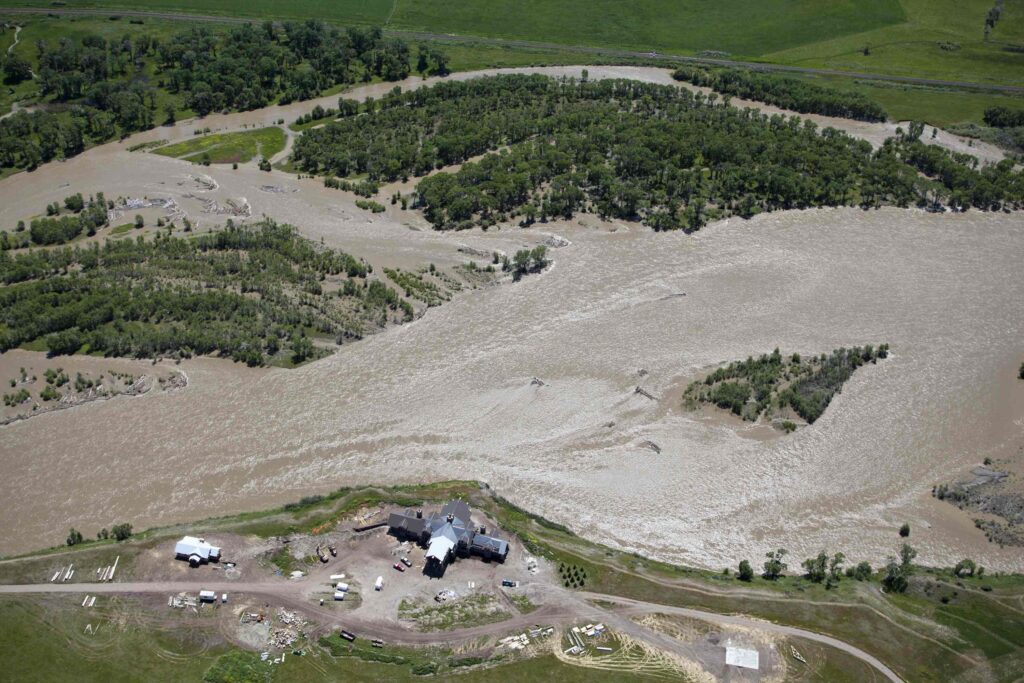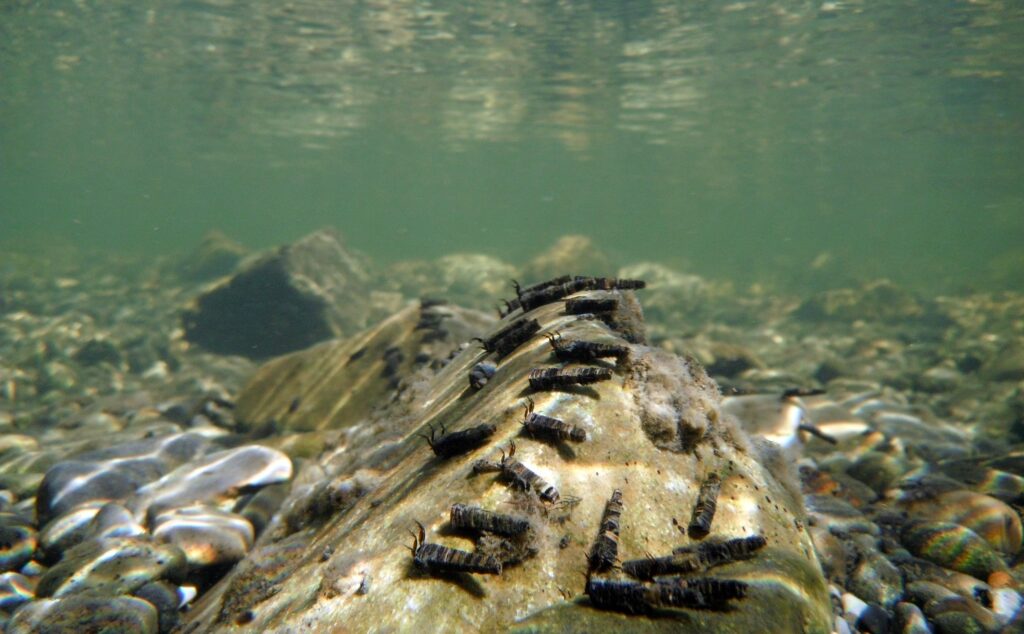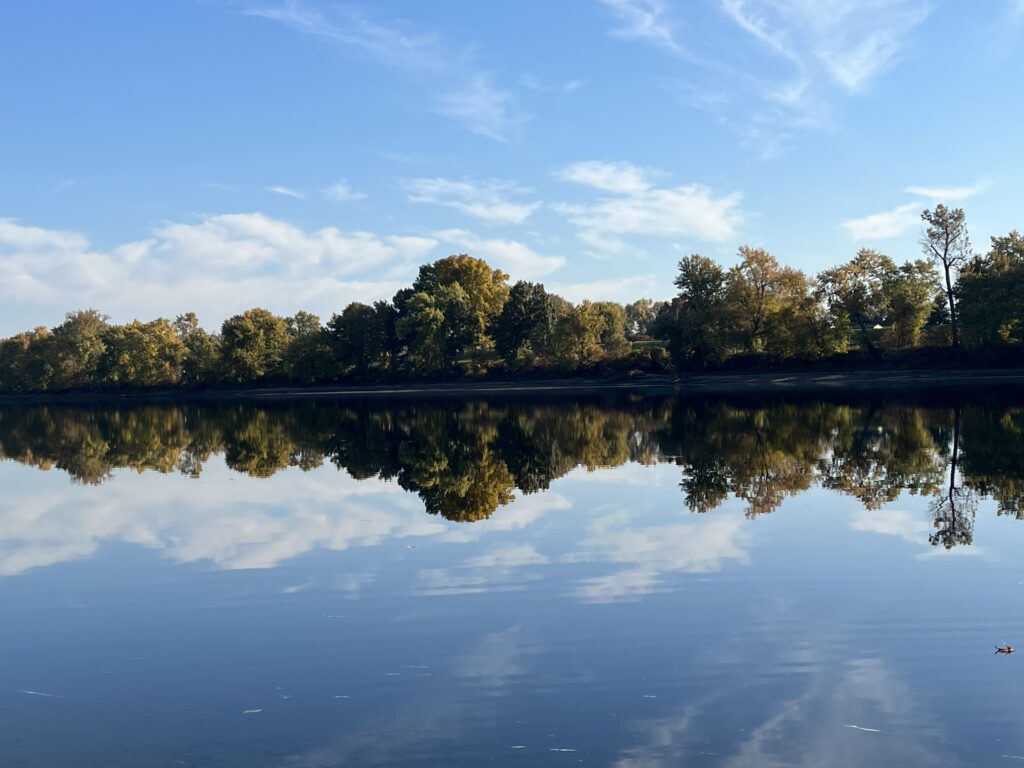
There’s a lot going on in a river in the fall. Flows are changing and the temperature is dropping and there’s a bit of fish whimsy happening. In the October afternoon, as the gloaming comes on, the river margins of the Connecticut and other coastal rivers begin to pop and flash with glints of silver. These are the juvenile American shad who were born in the river a few months back and are soon bound for their journey downstream to the Atlantic.
At times I see hundreds of these little silver fish, just a few inches long, leaping a tiny leap out of the water making it ripple and flash in the low light of dusk. I’m told there’s no reason for the leaps, so I just assume the behavior is the group gearing itself up for the collective journey downstream to the Atlantic and their multi-year stint in the ocean as they mature into adults and prepare to return to their natal river to spawn.
But in southern New England the journey into the Atlantic for these juvenile shad and their river herring colleagues is fraught. For too many years marine fish regulations in the waters off of New York, Connecticut, Rhode Island, and parts of Massachusetts have allowed overfishing of Atlantic herring. The damage to this ecologically and economically important fishery is a double whammy. Atlantic herring are different from the diadromous alewives, blueback herring, and shad that live in our rivers. But those river herring and shad that are heading out to the Atlantic this month will swim and live amongst the Atlantic herring. That means these river fish also end up in the nets with the Atlantic herring, which are being caught for their use as bait in the lobster industry, for fish oil, or sold as sardines. In regulatory lingo, the river herring and shad that are caught alongside the Atlantic herring are “by-catch.”
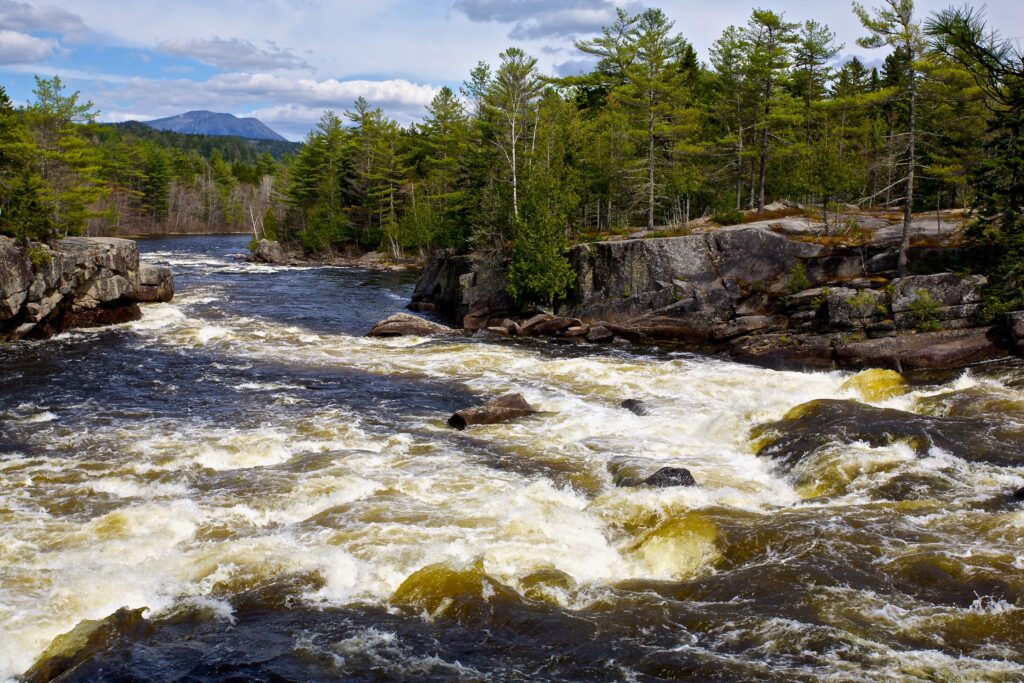
Let's stay in touch!
We’re hard at work in the Northeast for rivers and clean water. Sign up to get the most important news affecting your water and rivers delivered right to your inbox.
Stick with me here, fishing regulations are really complicated. I’m getting to the problem – and the solution!
Marine fishing regulations control amounts, gear, timing, location, and the number of times you can fish in a season. They also try to control by-catch by setting limits on how much non-target fish can be caught. Unfortunately, in southern New England, these regulations have allowed too many Atlantic herring to be caught and too much by-catch of river herring and shad. And the consequences of that have meant dramatically reduced spring returns in our river systems of those 3 and 4-year-old adults. And these reduced returns correspond to the timeframes in which the overharvesting of by-catch was being allowed.
Another way to demonstrate how marine fishing can impact our river herring and shad runs is to look north to the Gulf of Maine where diadromous runs are surging up rivers including those newly opened up due to dam removals and modern fish passage structures. The Gulf of Maine ocean fishing regulations include governing the time and location of Atlantic herring fishing in ways connected to spring migration season. These controls allow river herring and shad time in April, May, and June to head into rivers absent the boats and nets looking for Atlantic herring.
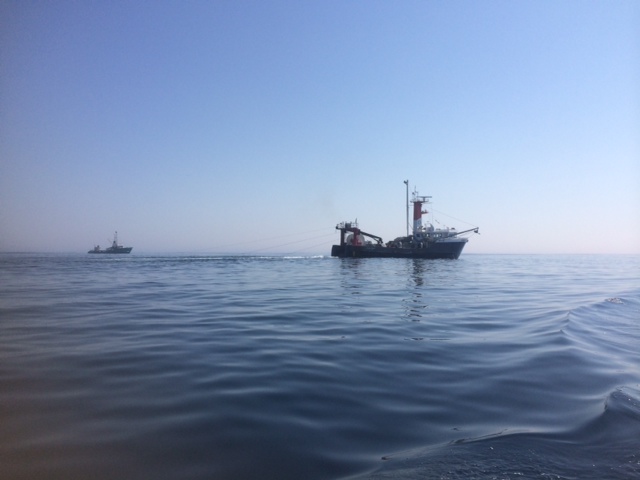
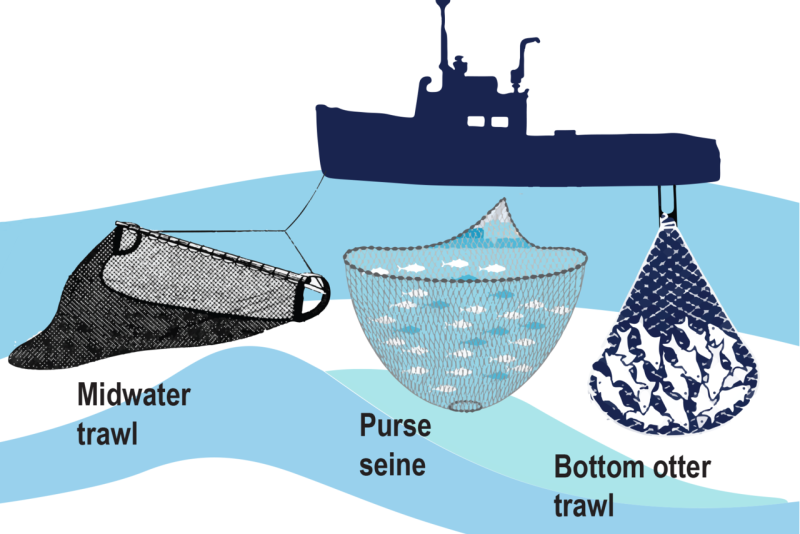
Dropping some regulatory-speak here – that type of regulation is called a time and area control. And American Rivers along with many other conservation organizations, small-scale fishing boats, and state agencies are working to re-establish time and area regulations in southern New England that will allow for a sustainable Atlantic herring fishery as well as rebounded river herring and shad runs.
So where’s that flash of hope?
In late September the New England Fishery Management Council took action to dramatically limit the Atlantic herring fishery due to overfishing, a limit that will effectively close the fishery. This will help to protect the river herring and shad returns for now.
The longer term work of the Council and other fishery managers is to continue developing the basis to reinstate time and area limitations as well as appropriate limits on by-catch in the waters of southern New England.
That work is a few years off and will undoubtedly be fought again by some of the commercial fishing interests. American Rivers will be there along the way with our many partners, scientists, and fishers to ensure our work to remove dams and reconnect thousands of miles of habitat for migratory fish is not for naught.
Want to dive into this issue? The New England Fishery Management Council has a lot of good information on this recent action. Forewarned for the novice – there’s more acronyms and statistics than you can imagine so gear up if you are going in!
Here’s some good general info on Atlantic herring and river herring and their fellow Alosine, the American shad
Our colleagues at the Theodore Roosevelt Conservation Partnership have a good website on the issue of forage fish and their connection to sportfishing that includes really great video.
